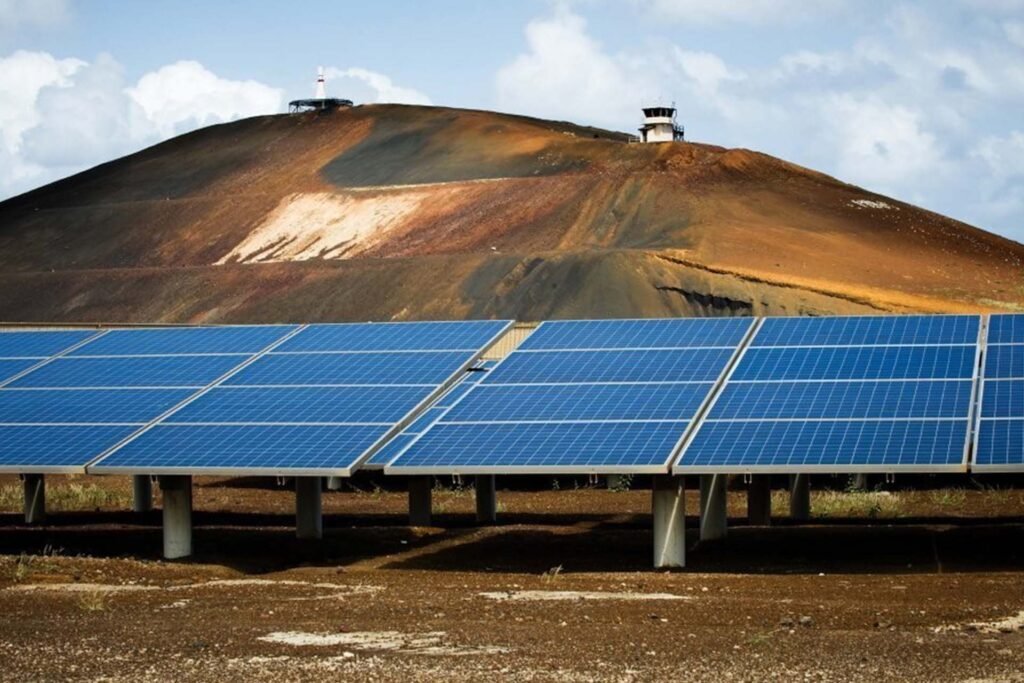
Today we’re going to dive into the world of solar tracking systems and lift the lid on what is becoming one of the most popular forms of solar technology for providing optimum access to the sun’s precious photon rays throughout the day.
There are numerous reasons why using a tracker-based system simply makes more sense than using a traditional fixed panel array of solar cells. Though the initial upfront cost can be a little higher, you’ll typically more than get it back in the form of long-term savings. If you’re considering going solar, then don’t go anywhere until you’ve read about solar tracking and how it could be the smartest energy decision you’ve ever made. Read on for everything you need to know.
What Is a Solar Tracker and How Does It Work?
The most important point to convey about using a solar tracker system is that it essentially provides all of the benefits you love about solar technology but manages to optimise the energy uptake process thanks to the ingeniously engineered mounting system it’s based upon. At it’s core, solar tracking arrays work like any other form of solar uptake technology in that they feature a series of interconnected silicon cells that are placed in such a position that they have maximum access to the sun throughout the day.
Due to their inbuilt inverter systems, when photon rays emitted from the sun’s core strike the surface of the panel, the mechanics behind the technology can then absorb, break down, and redistribute them in such a way that they can be put to practical use as a form of energy.
As anyone who used or currently uses a traditional solar array or farm will tell you, the issue with fixed panels is that they’re only maximally efficient for a certain percentage of the day. You’ve got to have South-facing panels in the first place for optimum efficiency, but even this isn’t always enough.
No matter how ideal the placement of your panels is, the unfortunate truth is that as the sun moves throughout the day there are only going to be certain periods where you’re truly getting optimum photon uptake and therefore harnessing maximum energy output. Where a solar tracker presents itself as potentially the most ideal form of solar technology is that it is designed to either passively or directly follow the trajectory of the sun throughout the day, meaning that your panels are always facing the sun directly.
What this means is that you can always harness as much power as possible at all times and therefore achieve a massive upward spike in regards to your long-term saving potential and sustenance for your household items. There are two main types of solar tracking technology available, but regardless of the option you go for, it’s safe to say that the enhanced solar uptake optimization they provide makes them the most ideal route to go down if you want the most efficient solar array possible.






